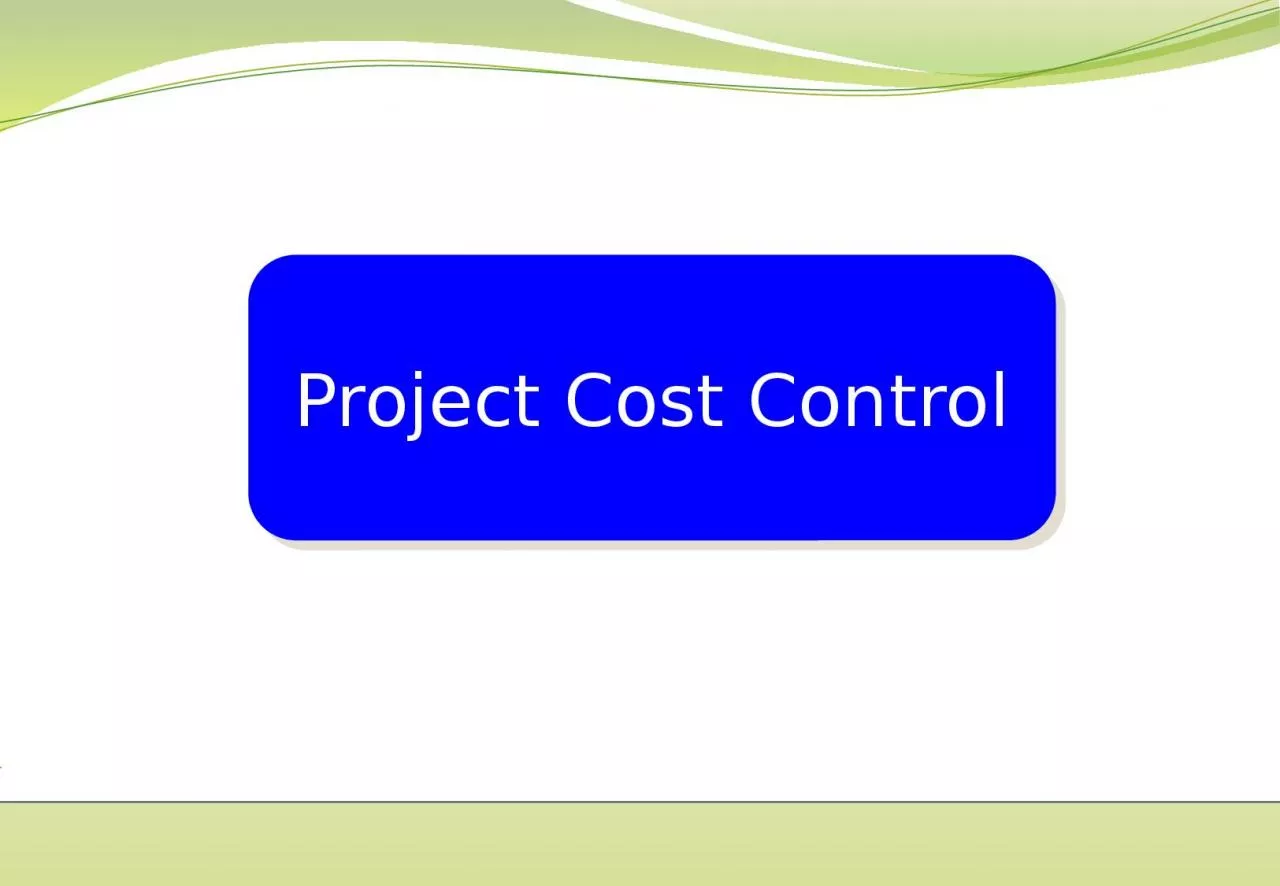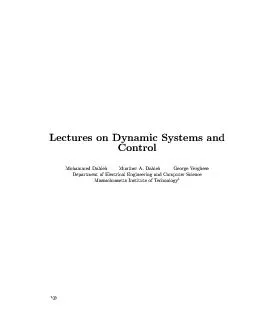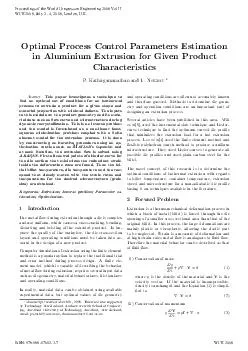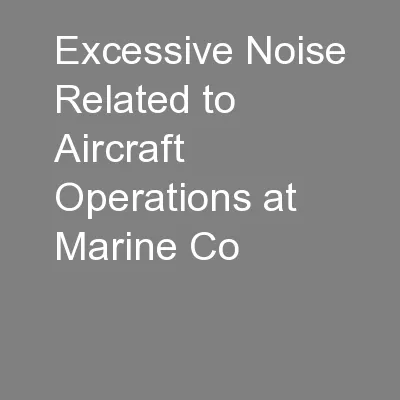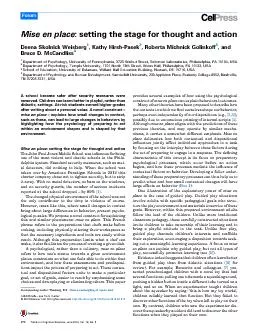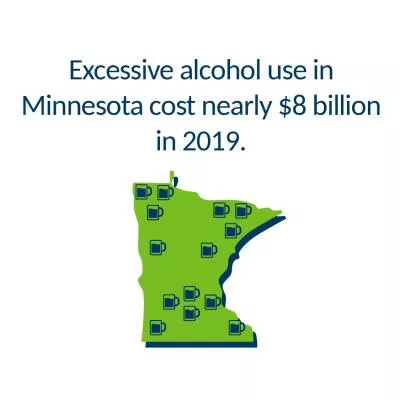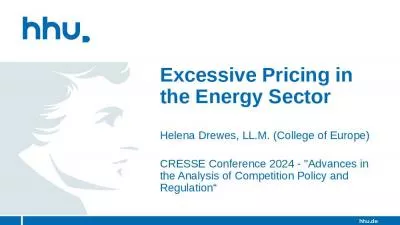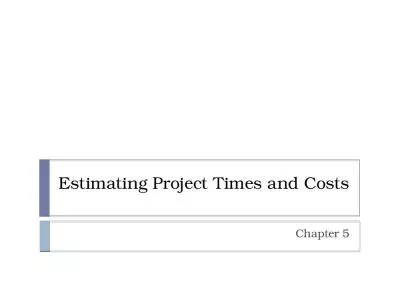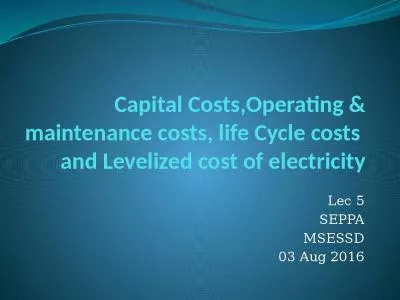PPT-Project Cost Con trol To identify those work types having excessive costs and to give
Author : barbara | Published Date : 2023-06-25
To forecast the final total job cost To indicate the trend for each cost code that is whether the unit cost involved has been increasing or decreasing evaluation
Presentation Embed Code
Download Presentation
Download Presentation The PPT/PDF document "Project Cost Con trol To identify those..." is the property of its rightful owner. Permission is granted to download and print the materials on this website for personal, non-commercial use only, and to display it on your personal computer provided you do not modify the materials and that you retain all copyright notices contained in the materials. By downloading content from our website, you accept the terms of this agreement.
Project Cost Con trol To identify those work types having excessive costs and to give: Transcript
Download Rules Of Document
"Project Cost Con trol To identify those work types having excessive costs and to give"The content belongs to its owner. You may download and print it for personal use, without modification, and keep all copyright notices. By downloading, you agree to these terms.
Related Documents

